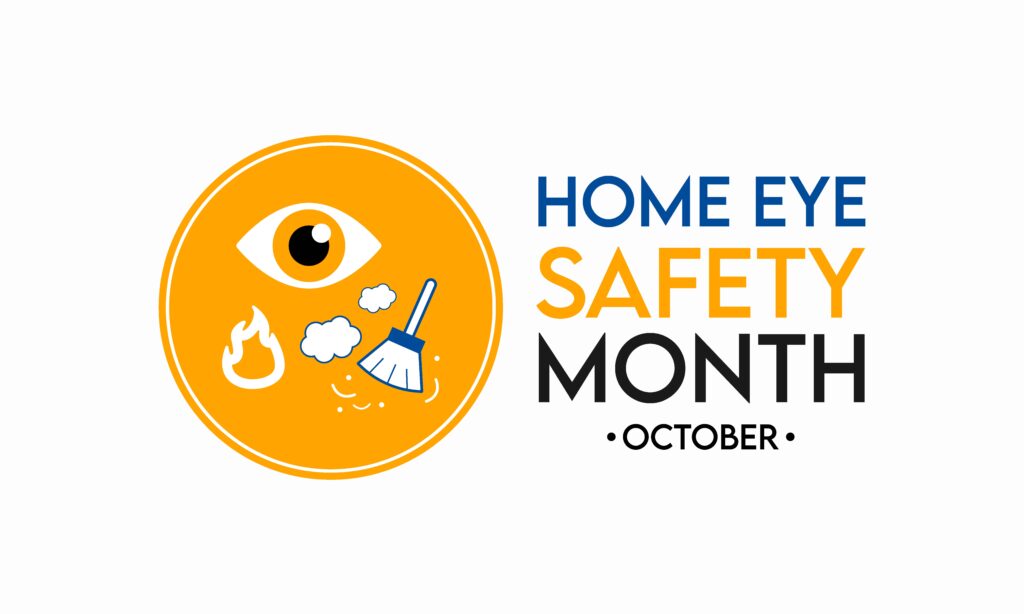Lung cancer may not cause any symptoms, especially in the early stages of disease.
Therefore, it may first be detected on X-rays, CT scans, or other kinds of tests being done to check on another condition.
The following signs and symptoms of lung cancer may also be caused by many other conditions and are not specific to lung cancer.
Talk to your doctor if you have any of the following:
Coughing symptoms
- A cough that gets worse or does not go away
- Coughing up blood
Chest symptoms
- Breathing trouble, such as shortness of breath
- New wheezing when you breathe
- Ache or pain in your chest, upper back, or shoulder that doesn’t go away and may get worse with deep breathing
- A hoarse voice
- Frequent respiratory tract infections, such as pneumonia or bronchitis
General physical symptoms
- Feeling unusually tired all the time
- Weight loss with no known cause and loss of appetite
- Trouble swallowing
- Swelling in the face and/or veins in the neck
Lung cancer that spreads may cause other symptoms, like pain in the back or other bones or weakness in the arms or legs. If it spreads to the brain, it may cause headaches, seizures, or vision changes.
Did you know?
- Over 2.2 million people worldwide will get lung cancer annually
- Lung cancer kills more people each year than any other cancer
- Lung cancer screening saves lives
- More research = more treatments = better outcomes
Cutting-Edge research helps us attack lung cancer head on
NFCR-funded scientists are working around-the-clock on projects that can help us attack lung cancer. For example, in July, the FDA approved the drug Iressa® as front-line treatment for patients with non-small cell lung cancer (NSCLC). The approval is extended to only those patients whose tumors contain specific mutations, which were originally identified by NFCR scientist Dr. Daniel Haber.
Also, thanks to NFCR-funded research by Dr. Alice Shaw, a new and better way to treat resistant cancers is emerging. By successfully identifying drug combinations that halted the growth of resistant cells in tumor models, her research will hopefully lead to the development of effective therapeutic strategies for patients with ALK-positive NSCLC (mutations in the ALK gene), which could be clinically tested within one to two years.
Your Health and Safety Matters!
Contact The Benefits Store today for you and your families health insurance needs!
 The Benefits Store
The Benefits Store The Benefits Store
The Benefits Store 






Blog Home Page
Categories